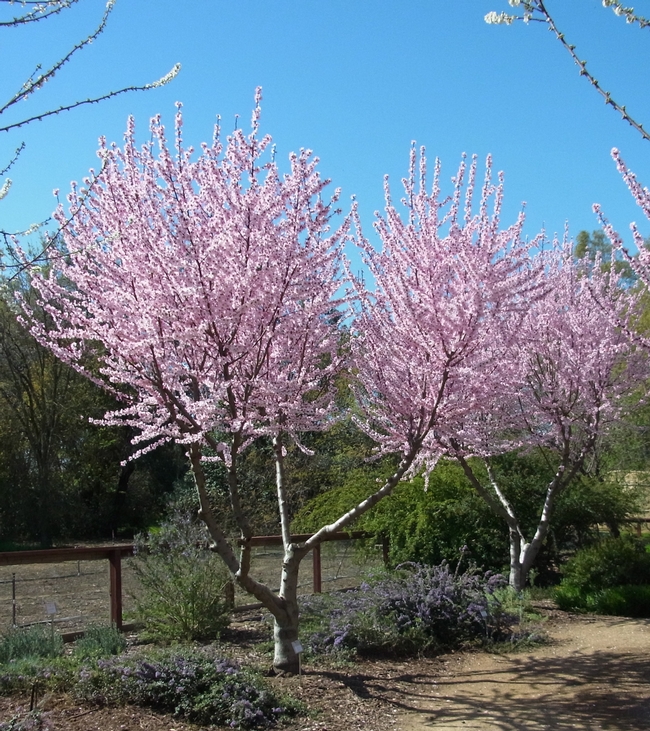- Author: Christine Casey
I've had several questions recently about the Bambeco solitary bee house sold at Costco (they sell the Swiss Alps model), so I decided to head to my local store to check it out. While the price is amazing, the house has a few features that are not so ideal. For details on what makes a good solitary bee house, see here and here.
What's good: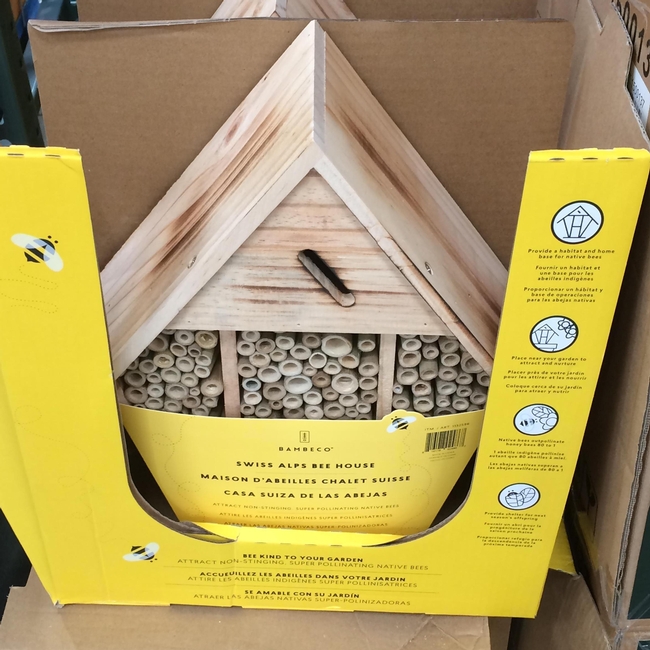
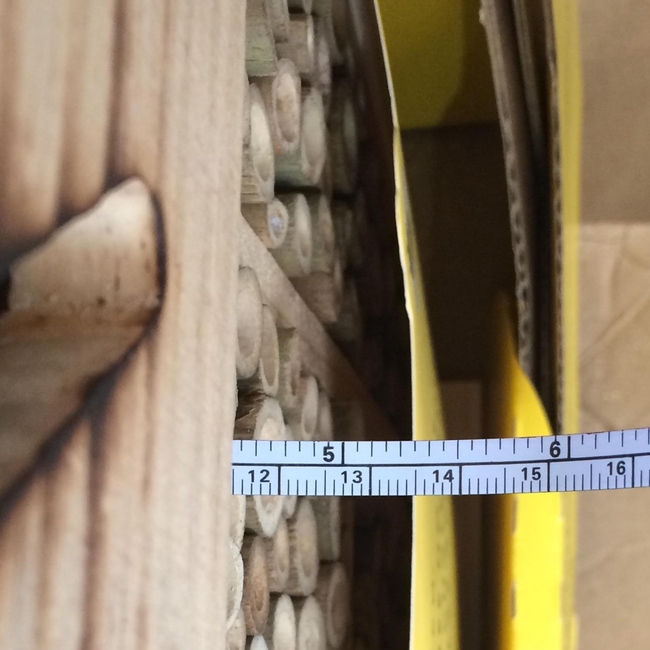
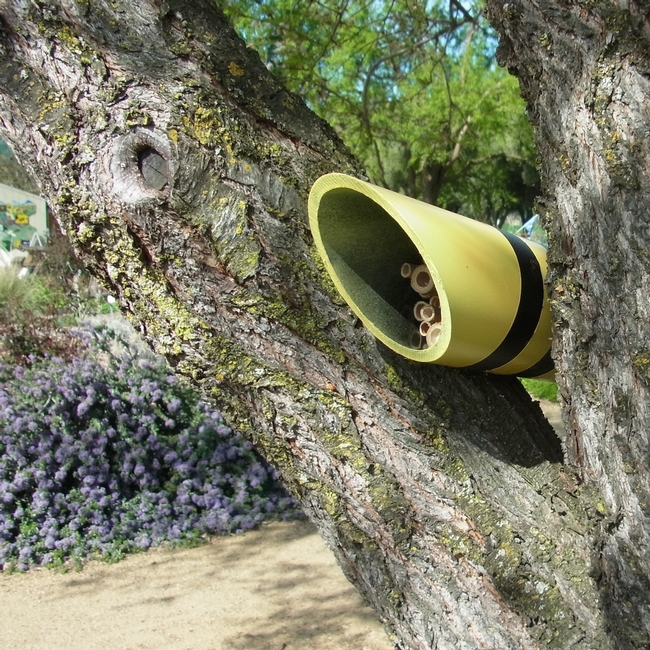
The depth. At 4.5 inches deep, it is sufficiently deep to allow the production of female and male bees.
What's not so good:
The nesting tube diameter. While the variety of diameters is good, solitary bees need tubes from 3/16 to 5/16 in diameter. While other arthropods, such as spiders, may use the larger tubes, they will not be used by bees.
Limited protected overhang. The nesting tubes should be placed so that the entrance has a bit of protection. That's why we make our houses at least an inch longer than the tubes.
The nesting tubes are glued in place. Once a tube is used it should be replaced to help prevent the build up of pathogens.
March 13, 2019: winter update
The bee house is not holding up well to the winter weather. Here's a photo showing some superficial mold as well as separation of the sides from the base. Note that I added extra protection by attached redwood fence boards to increase the cover of the roof.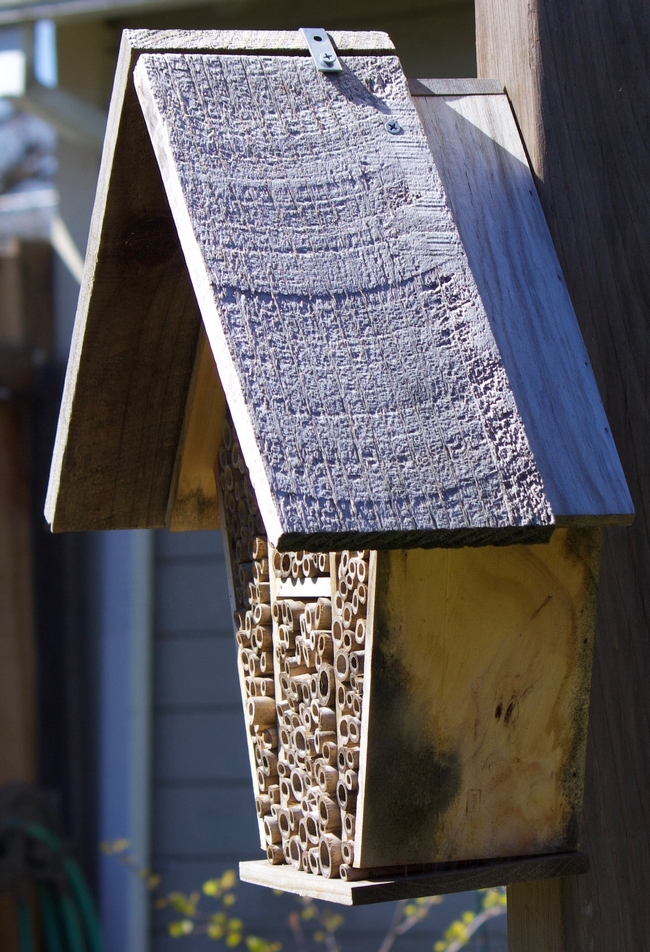
March 27, 2019: comments on the 2019 model
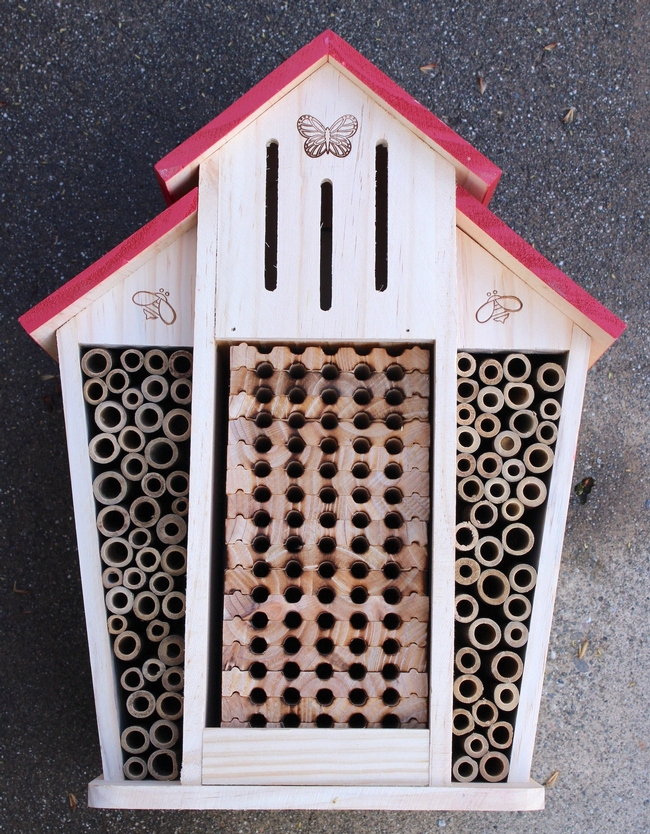


Update July 1, 2019
The Bambeco bee house shown above is not holding up well to the weather. After three months outside (there was one week of rain during this period), the paint on the roof is peeling.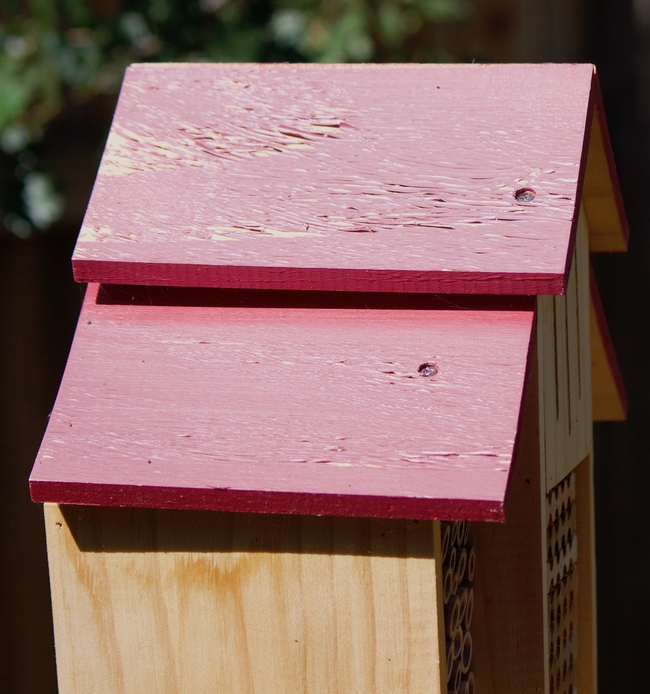
Update October 7, 2019
I have discarded the 2019 bee house. The paint continued to peel and the wood on the roof started to split. I removed the wooden blocks in the front of the house and will use these next year. For folks who have been asking what a correctly designed bee house looks like, here is an example of the one we sell at the Haven. 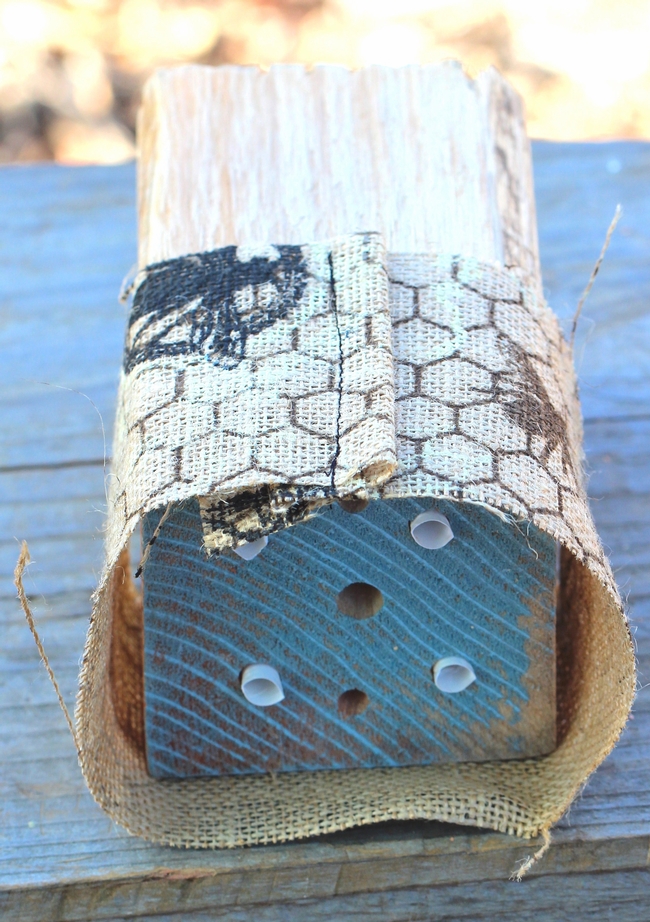
What makes it correct:
1. It's made out of redwood; studies have shown that bees prefer to nest in wood.
2. The depth and diameter of the nesting tubes are correct. The holes are drilled 5 inches deep, and the openings range from 3/16 to 5/16 inch in diameter.
3. Paper straws have been inserted into the 1/4 inch diameter holes (this is the only size straw available). This means that the tube can be cleaned out after use. I suggest plugging the others with wood filler after use so that they are not re-used.
4. The front of the block has a pattern to it. This may help the bees recognize their individual nest entrance. There is also evidence that a blue front is more attractive to one of the mason bee species.
5. The block has a piece of burlap shading the entrance. Bees are more likely to use the blocks if the entrance is shaded.
- Author: Christine Casey
My last post covered the use of color in garden design from the perspective of what bees see. While aesthetics are important in any garden, the needs of bees come first at the Haven and other bee gardens. Here are a few examples of color combinations that are attractive to us and provide both pollen and nectar for bees.
Shades of purple throughout the year
As was mentioned in my last post, purple is a color that bees see well. Here are some ideas for shades of purple throughout the year:
Winter: rosemary (nectar), germander (nectar), ceanothus (pollen and nectar), phacelia (pollen and nectar)
Spring:ceanothus (pollen and nectar)
Summer: sages (nectar), Russian sage (nectar), zinnia (pollen and nectar), cosmos (pollen and nectar)
Fall: aster (pollen and nectar), bluebeard (pollen and nectar)
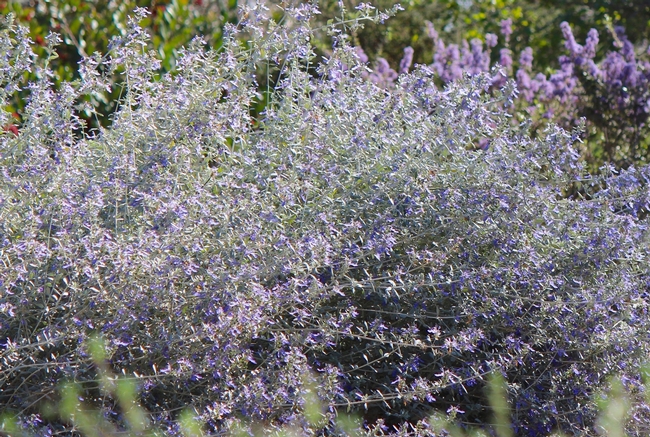
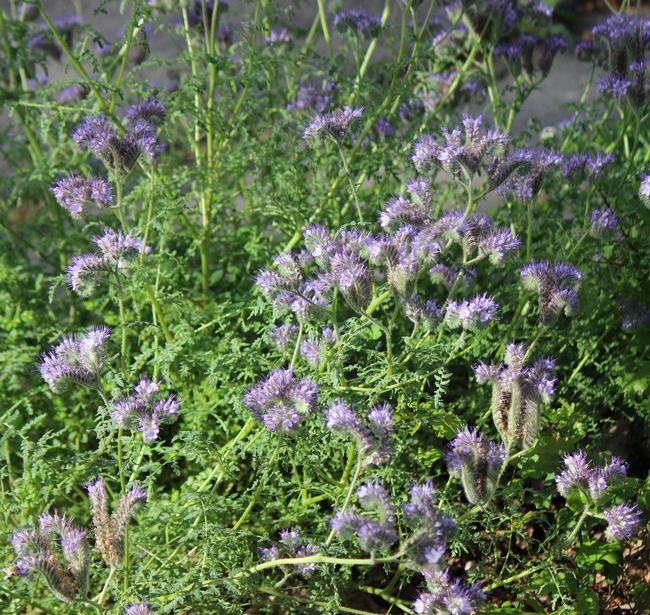
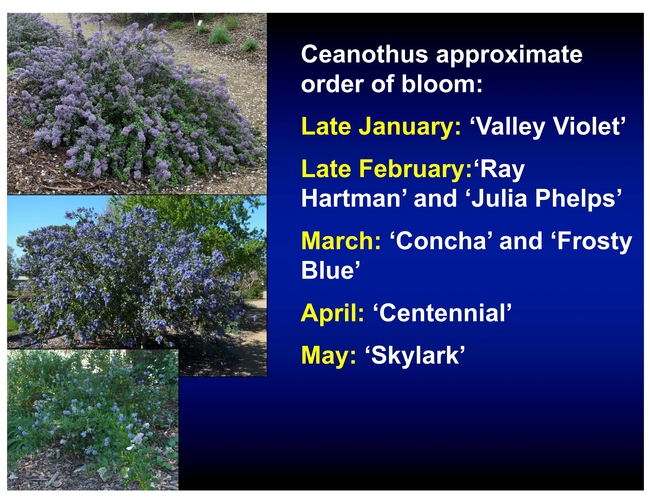
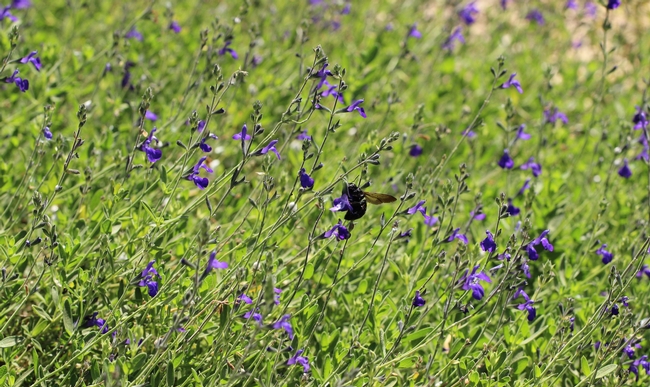
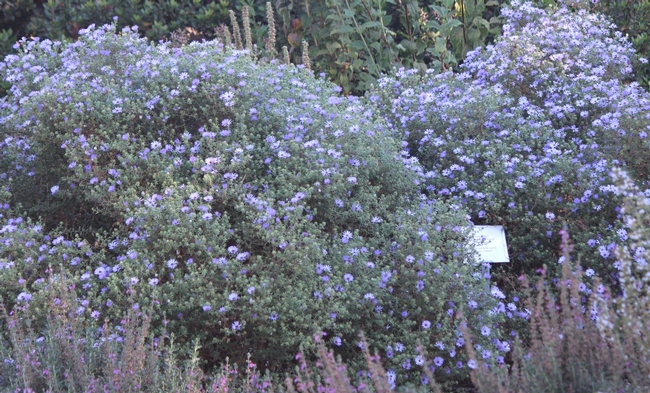
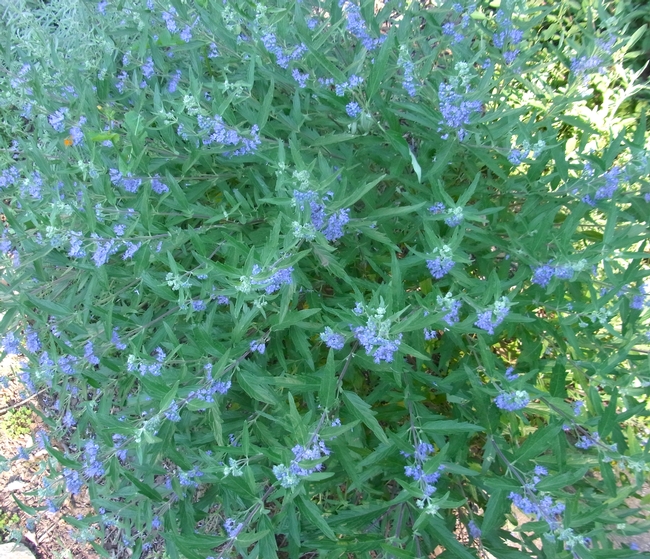
Shades of yellow throughout the year
As a complementary color to purple, yellow is attractive against any of the plants listed above. Some yellow flower choices include:
Winter:bidens (pollen and nectar), blanketflower (pollen and nectar)
Spring:bidens (pollen and nectar), blanketflower (pollen and nectar), lupine (pollen and nectar)
Summer: sage (nectar), sunflower (pollen and nectar)
Fall: sunflower (pollen and nectar)
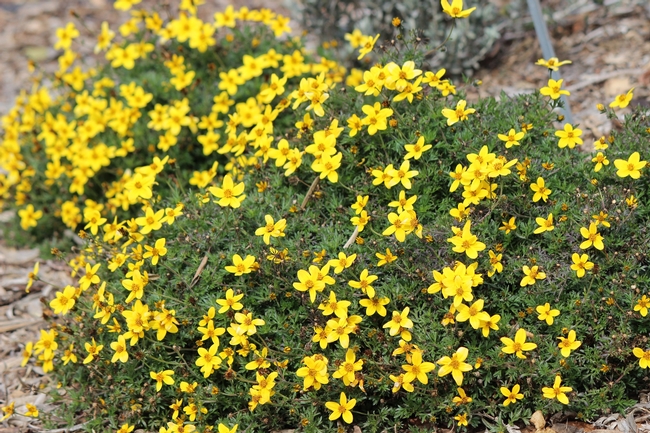
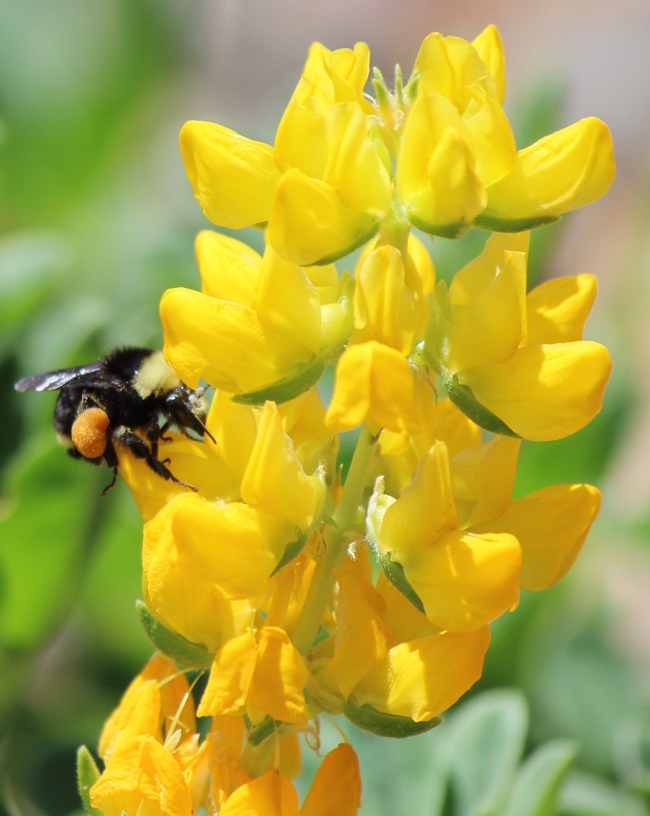
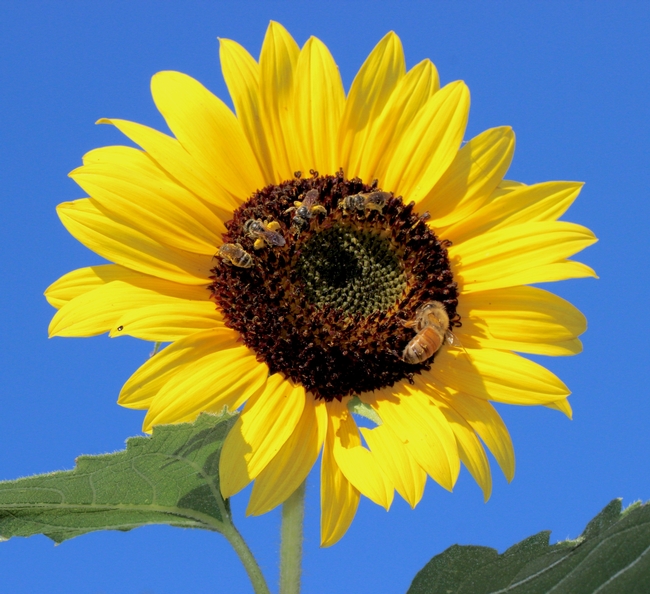
Summer whites
Spring: Santa Barbara daisy(pollen and nectar), buckbrush (pollen and nectar)
Summer: Santa Barbara daisy (pollen and nectar), gaura (pollen), veronica (pollen), coneflower (pollen and nectar), zinnia (pollen and nectar), cosmos (pollen and nectar), California buckwheat (pollen and nectar)
Fall:gaura (pollen), California buckwheat (pollen and nectar)
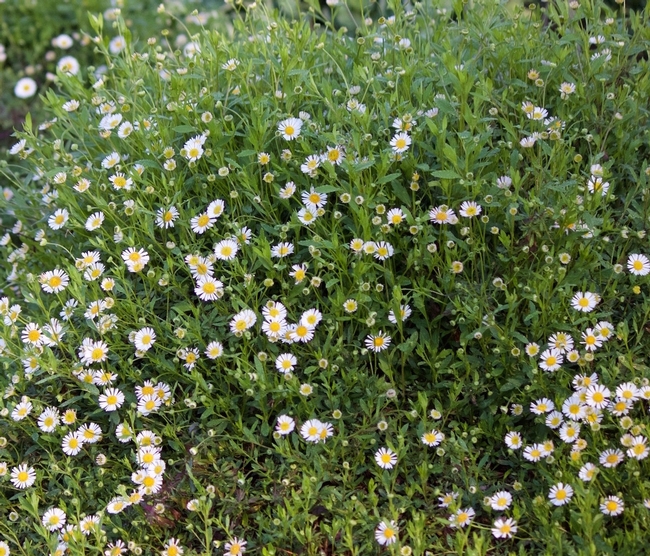
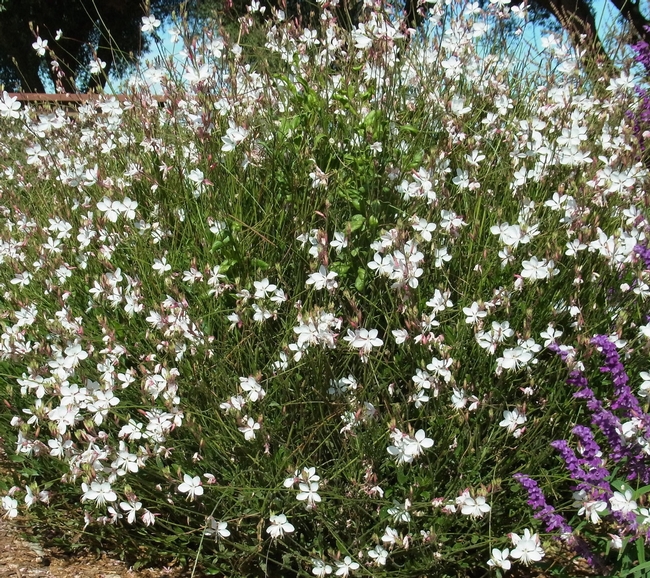
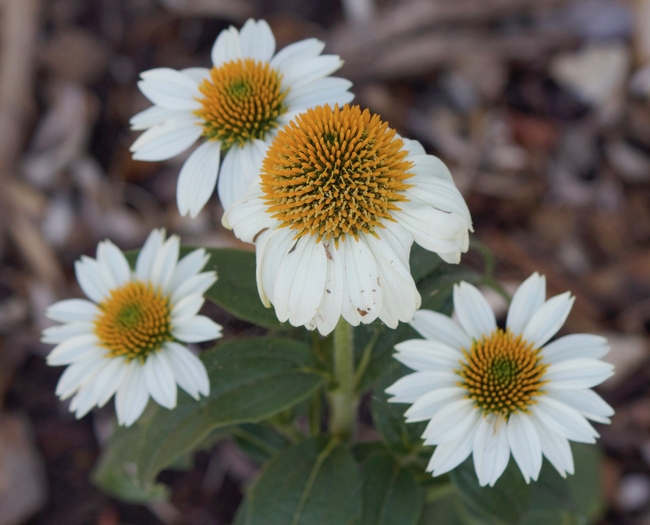
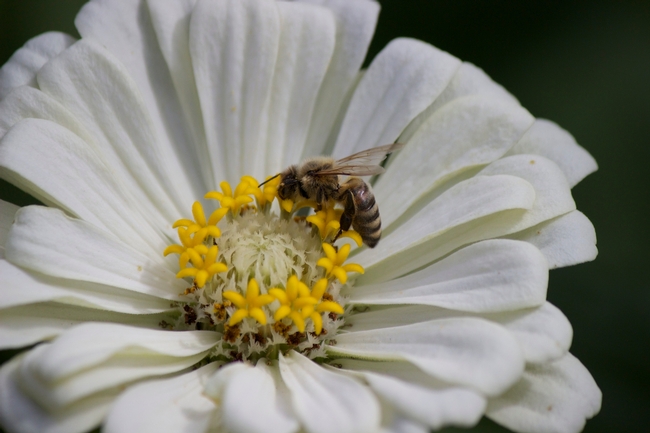
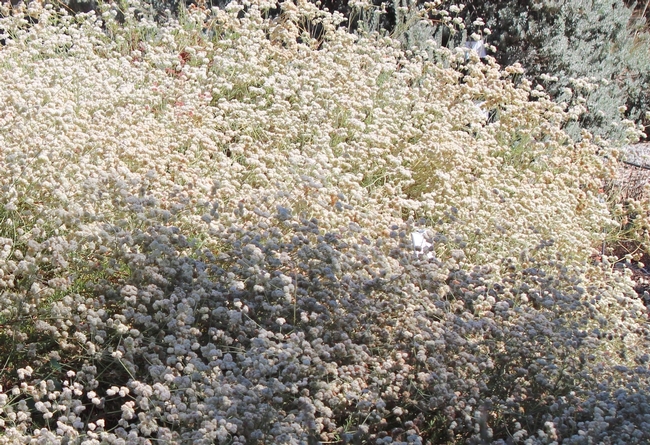
Hot colors throughout the year
Winter: California poppy (pollen), Cape balsam (pollen and nectar)
Spring: Cape balsam (pollen and nectar), sage (nectar)
Summer: Cape balsam (pollen and nectar), coneflower (pollen and nectar)
Fall: Cape balsam (pollen and nectar), sage (nectar), sedum (pollen and nectar)
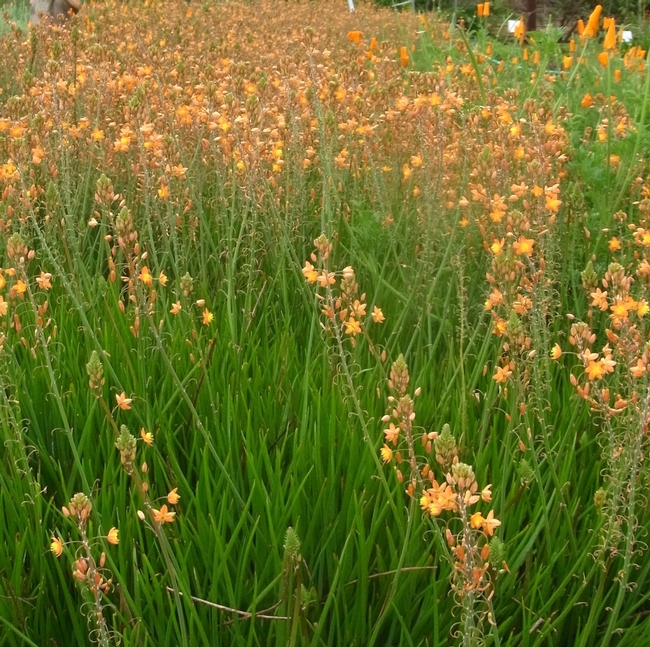
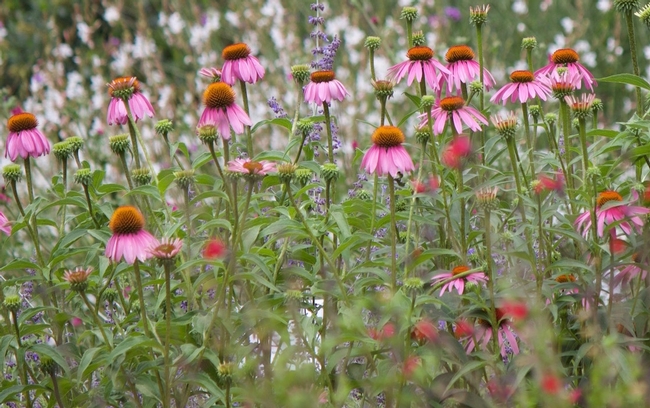
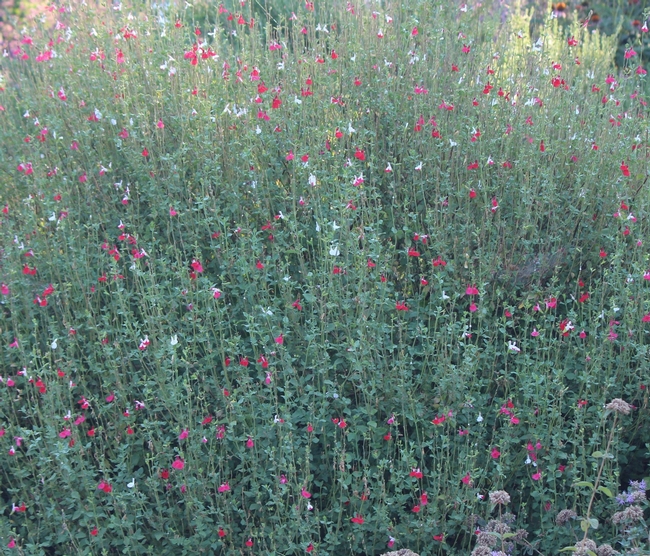
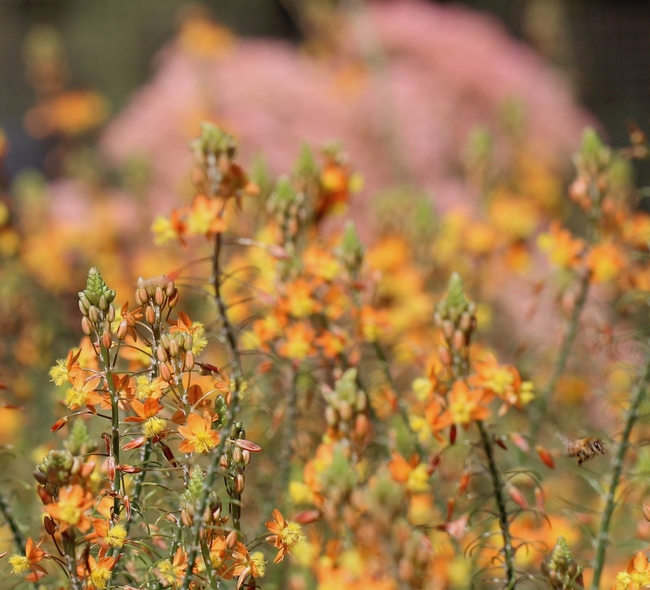
- Author: Christine Casey
Spring is here, and planting is underway in bee gardens throughout California. And planting, especially if you're creating a new garden, means you are thinking about design. In this series of posts I will cover various aspects of garden design -- such as color, texture, shape, and size -- from the perspective of what bees need. Based on research, this information should provide a solid foundation for a successful bee garden.
This post will focus on color. An understanding of color theory is helpful in creating an aesthetically pleasing garden for us, but color is also relevant for bees. All color wheel screen shots shown here are from the Adobe web page.
1. Complementary colors. Colors opposite each other on the color wheel are complementary; this is one of the easiest ways to select colors. Using opposite colors together makes each color appear more vibrant.
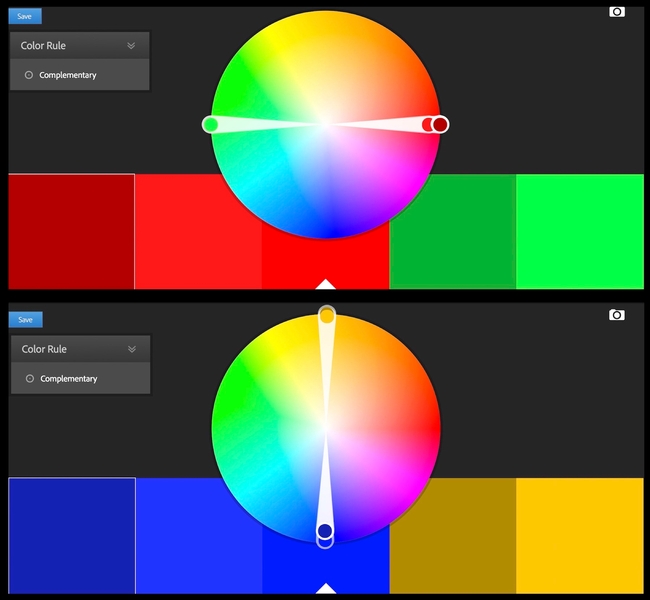
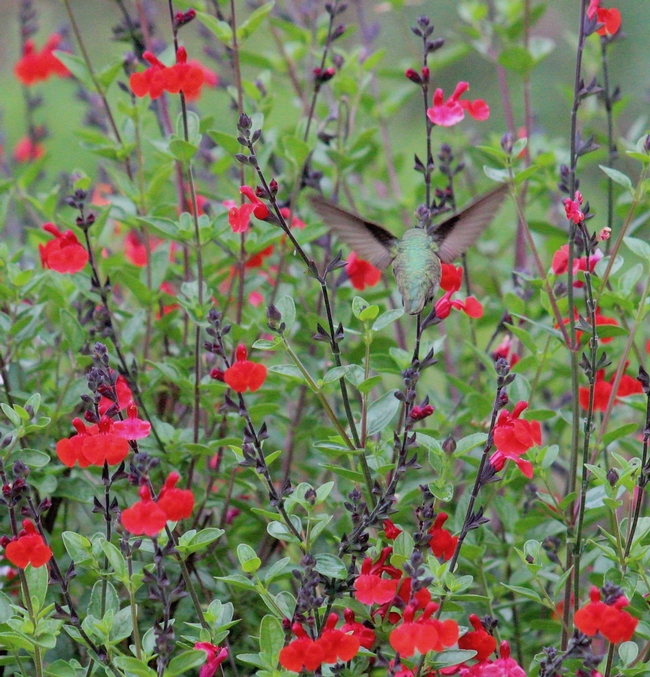
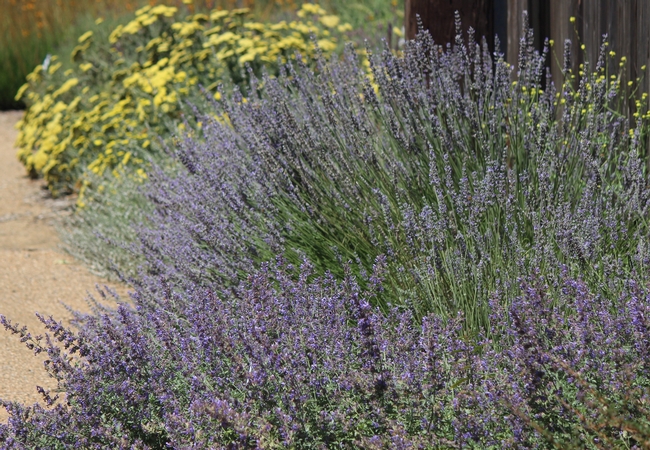
2. Analogous colors. Colors adjacent to each other on the color wheel are analogous; using these colors can be a bit trickier, especially with hot colors like oranges and reds. One way to combine these effectively is to mix in white, as is done here with white gaura in this planting of the analogous colors pink (echinacea) and purple (tall verbena).
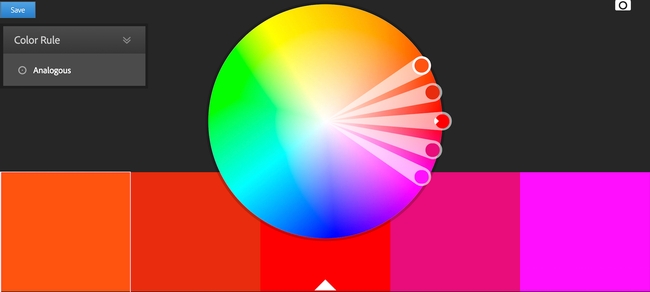
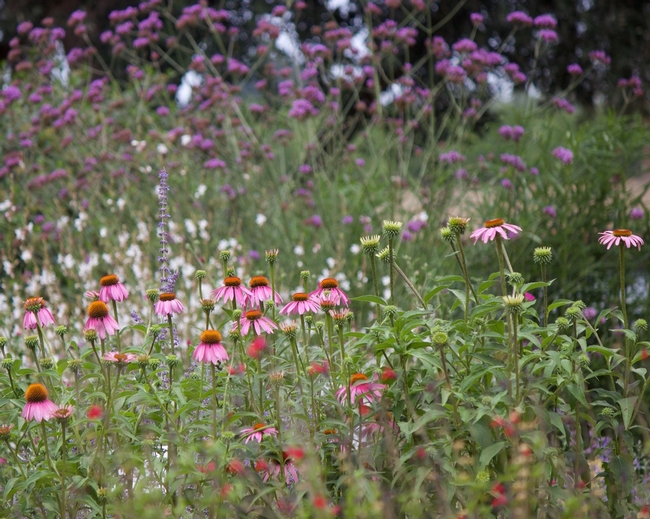
3. Shades of one color. This is the easiest combination to pull off. Cool colors (blues and purples) tend to create a calming effect and make the garden appear larger, while warm colors (reds and yellows) create energy and make the garden appear smaller. Here is an example of shades of a cool color (purple) used in the Haven:
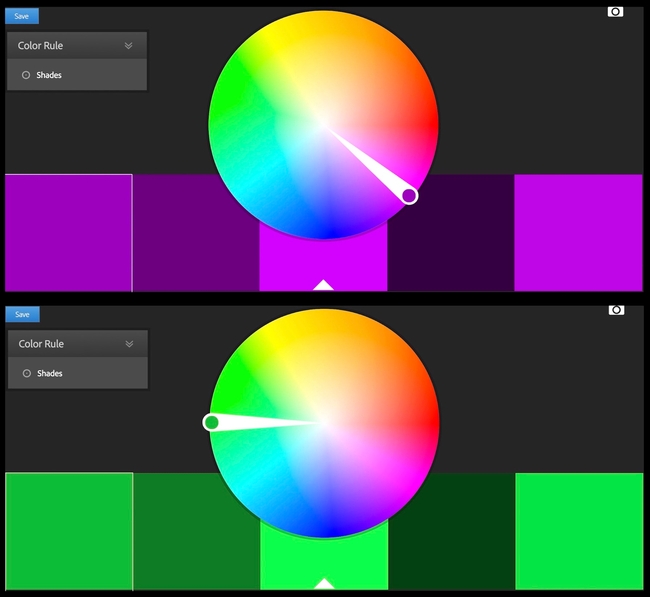
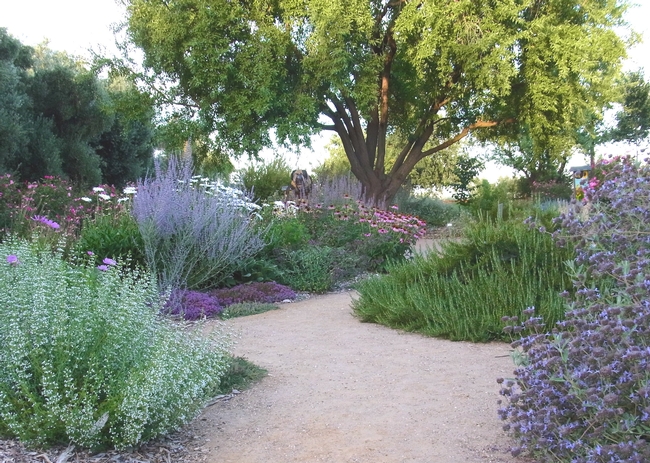
So how do we meld this with bee biology? Here are some pointers:
1. Bees see color differently than we do. They don't see red at all, and see purple very well....there's a reason we have so many purple flowers in the Haven. Here's an example: the first photo shows a flannel bush flower in daylight, while the second shows it under ultraviolet (UV) light, which is the light spectrum where bees see. The 'invisible' nectar (to us) is a bright blue beacon to bees under UV light.
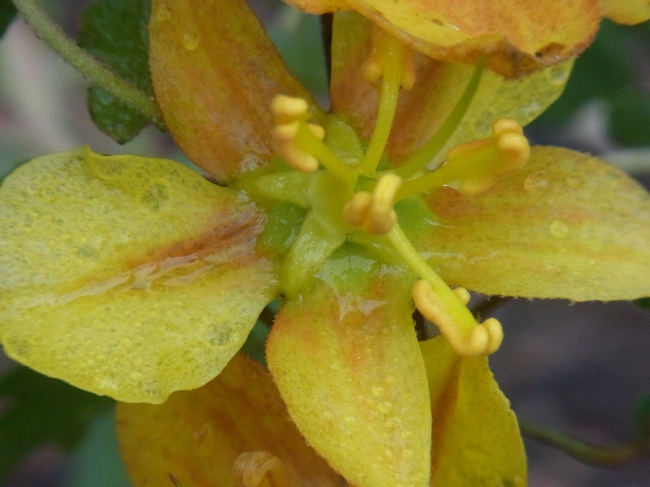
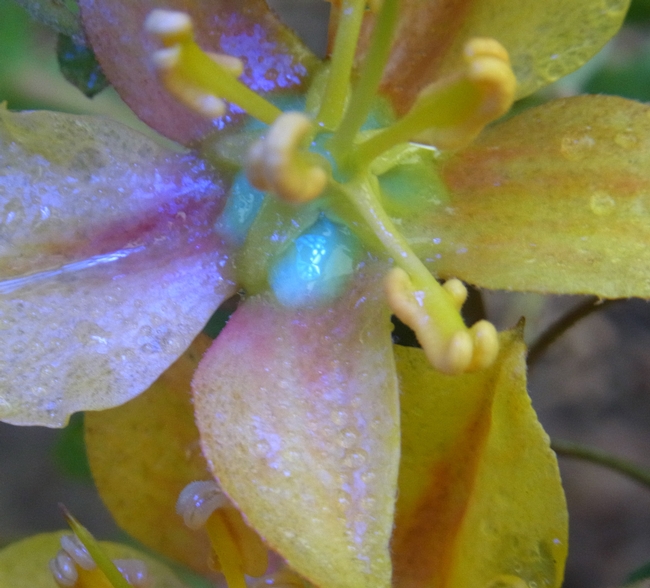
But, you might be thinking, I see bees on red flowers all the time! Well bees can use more than color to find a flower, which brings us to scent....I'll discuss this in a future post.
2. Does color pattern in the garden matter to bees? One study (Proc. R. Soc. London B. 2003. 270: 569-575) found that honey bee foraging distance was longer in simple landscapes; this makes sense because honey bees do best with a varied diet and need to travel further to find a mix of flowers in a simple landscape. Conversely, waggle dance activity was greater in complex landscapes because the patches of plants were more variable -- high quality and low quality plants were mixed together. So it's also important to ensure a good mix of high-quality bee plants in appropriately-sized patches.
3. Another aspect of flower color often not considered is patterns on the flowers themselves. Called nectar guides, these serve to guide bees into the nectary. Of course they pick up and deposit pollen as they do this, thereby pollinating the flower.
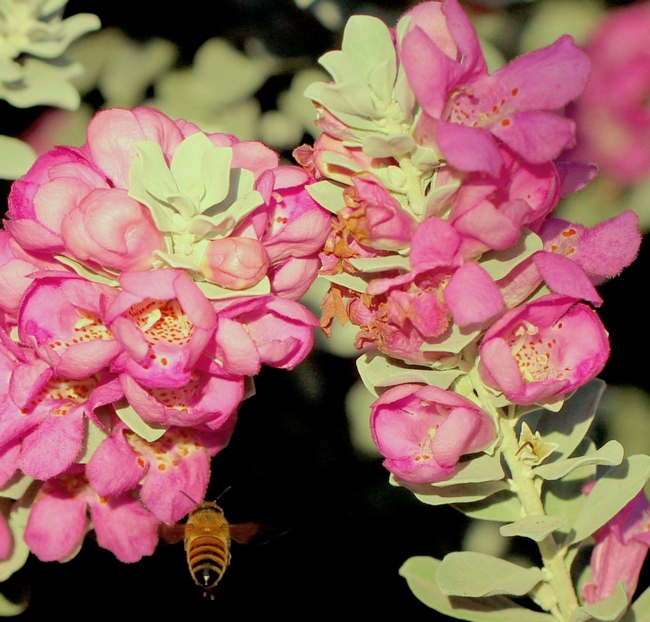
For lots more detail about how bees see, check out this article. My next post will cover shape, size, scent, and texture. I'll finish with suggested plant lists and planting plans. Here's to your successful bee garden!
- Author: Christine Casey
We have an exciting selection of classes and events planned for 2018 at the Haven. And we're off to a great start: 575 visitors joined us on Biodiversity Museum Day to learn about bees and flowers, to make 'Feed the Bees' cookies, and to try their skill at safely catching and observing bees with our insect vacuums. The day before #BioDivDay we hosted the Outstanding Farmers of America. It was great to share the Haven with so many of the growers who depend on bees to produce their crops.
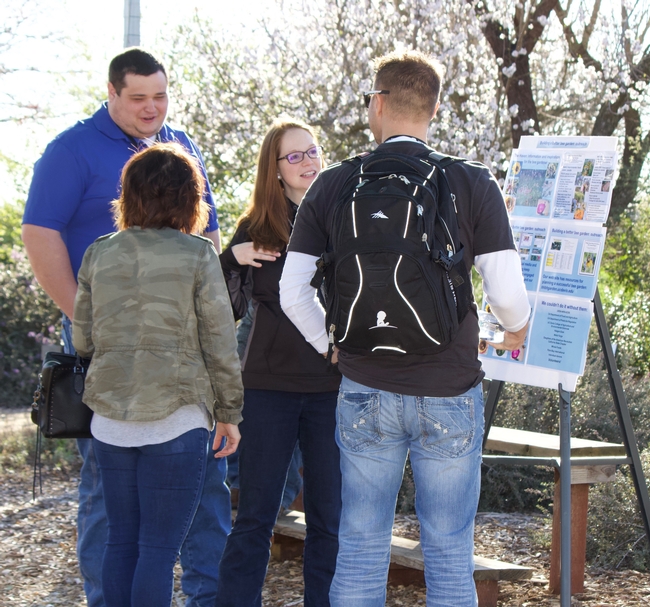
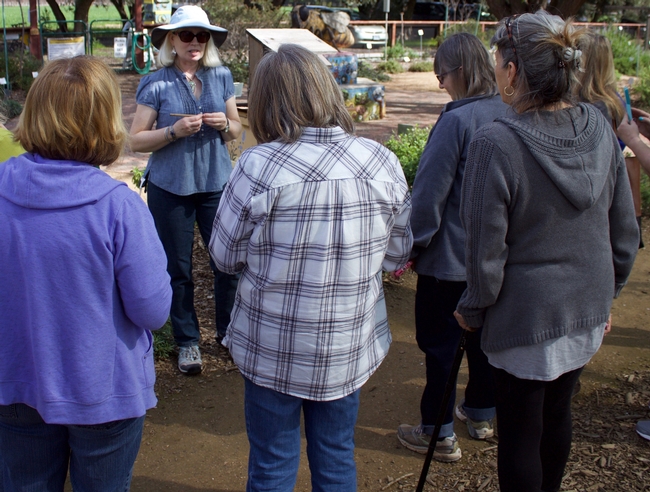
We'll be offering our bee gardening class again this year; a new class is Bee Watching for Beginners. Ever wondered what all those different bees at the Haven or in your garden are? This is the class for you!
Our next event is our Spring Open House on April 7; click here for a complete list of 2018 events and classes. Hope to see you there!
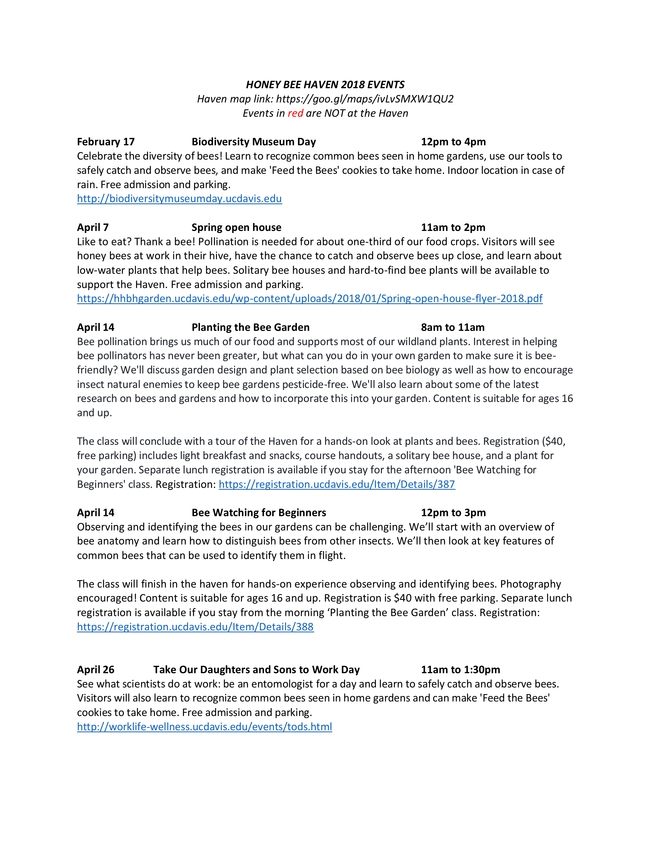
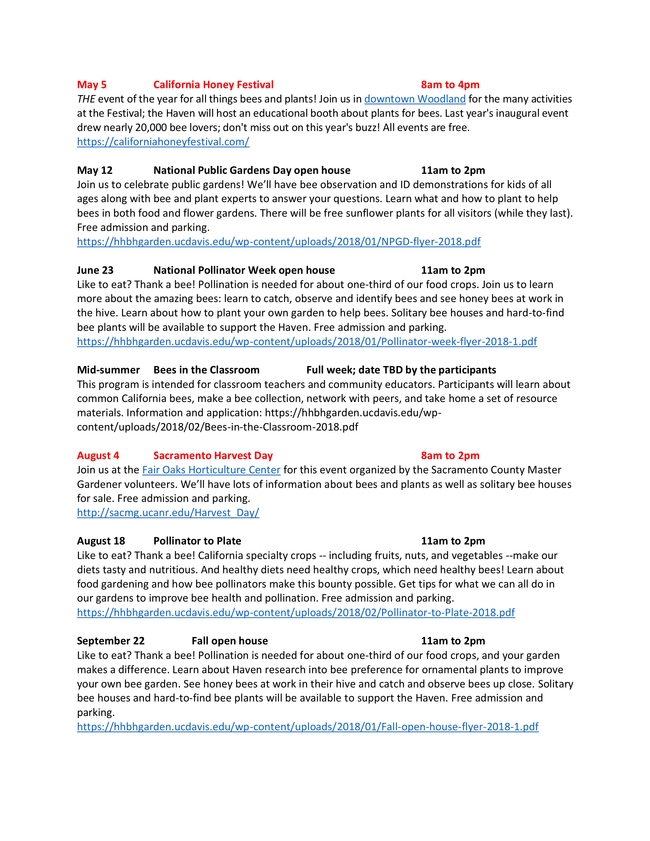
- Author: Christine Casey
One of California's most important specialty crops is almonds; in 2016 the state's crop was worth $5.2 billion. Our climate is ideal for almond production, and as a result we grow more than 80% of the world's supply. California's almond acreage has been increasing steadily as the market for almonds continues to grow, and has nearly doubled since 2005. This increasing demand has a tremendous impact on the nation's migratory beekeepers: the flower is self-infertile, so pollen must be transferred between plants by bees for nuts to be produced. Simply put: no bees, no almonds.
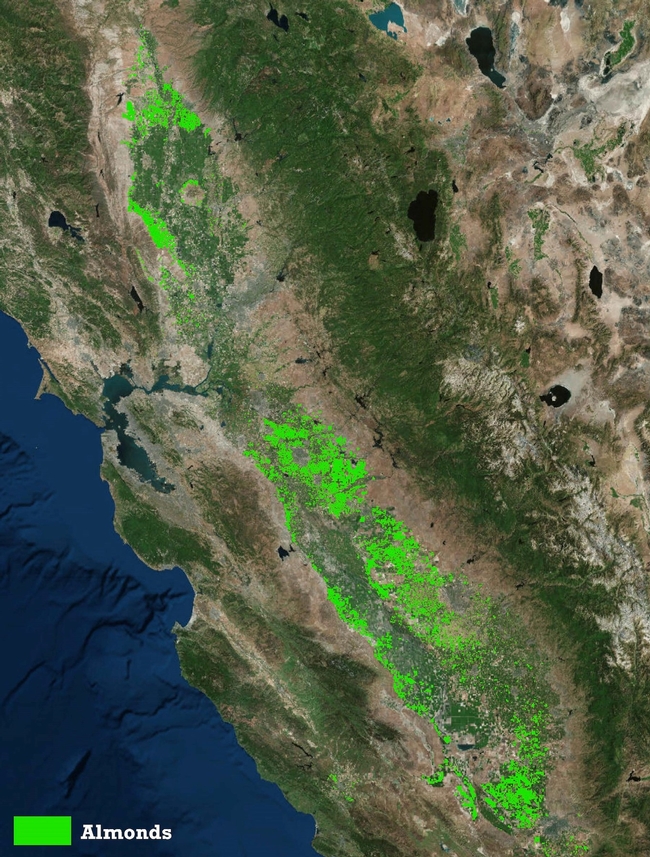
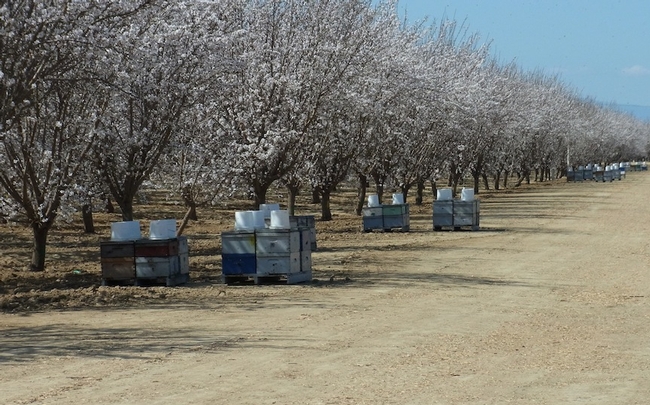
Two honey bee hives per acre of almond trees is required for good pollination. To fill this need, migratory beekeepers from all over the US bring their hives to California for almond bloom. Trees are at their peak bloom right now, and the girls are hard at work throughout the state. While bees obtain both pollen and nectar from almond flowers, the pollen is high in protein and provides healthy bee forage, which can give bees a good start to the year.
Why is there such a demand for almonds? They are also a healthy food for us! They are high in protein and monounsaturated fat and contain a number of vitamins and minerals.
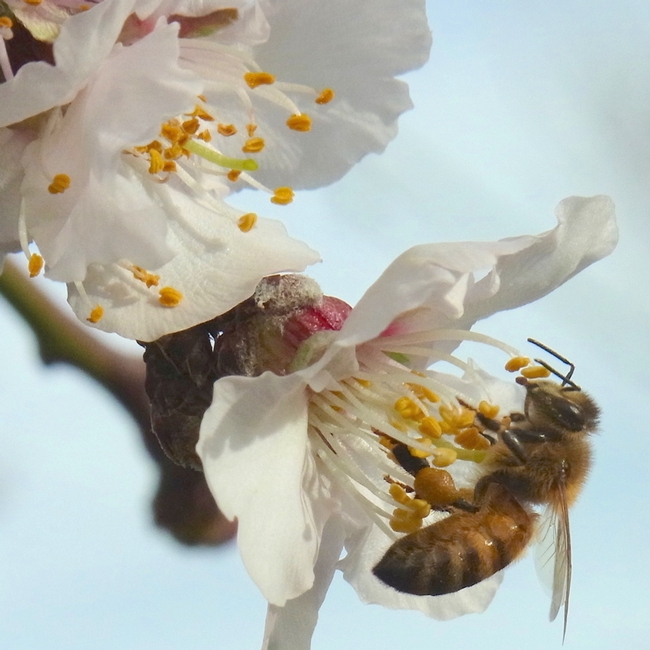
Honey bee hives are often left in orchards for a month or more before and after almond bloom. While many growers understand the importance of alternative sources of forage in their orchards, if you live within flight distance of an orchard – 3 to 5 miles – your garden can help.
There are many options for winter-blooming plants to help bees in your home orchard or nearby commercial orchards. These include manzanitas, currants, native wildflowers, and ceanothus. 